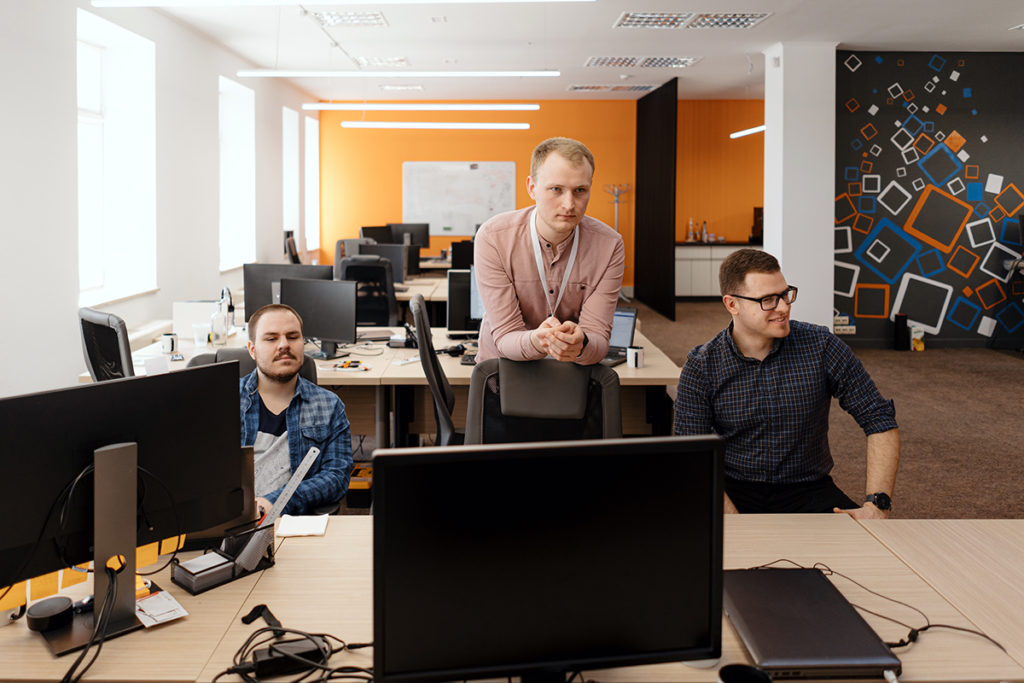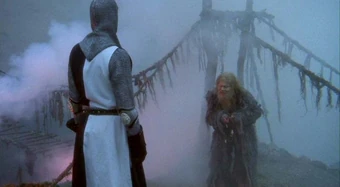If you’re asking this question you’ve already seen where the current solutions fall short. This is a pretty typical situation when you’re looking for a solution to a problem.
The best way to approach this is to first re-evaluate your requirements. Depending on how those requirements were compiled you may or may not have the expectations set correctly.
Frequently people who write requirements will put in “would be nice” requirements that become “must have” requirements in a later revision.
Assuming your requirements are accurate and the current solutions are falling short, you should consider custom software.
Depending on the solution you need the expense of this can be quite daunting. Typically the biggest obstacle is understanding the risk versus the reward. We can help you evaluate this process and make a suggestion based on our findings.
When it comes to actually building the custom solution our preferred method is to work in phases. Phase one will always be a “high definition wire frame” form of the final solution. That way we can get people using the solution to see what needs to be changed or removed.
At Contemporary Analysis we build these solutions “backwards” from most other companies. While a majority of companies build solutions to look pretty on the user interface first, they tend to piece together the data on the back end. Over time the data set can be problematic and force the entire project to get rebooted for better data.
We build the data side first. While this isn’t very pretty on the front end for version one, it allows for much more agile changes and adaptation of the end result.
At the end of the day we build solutions that can adapt to changes and the needs of the end users.











